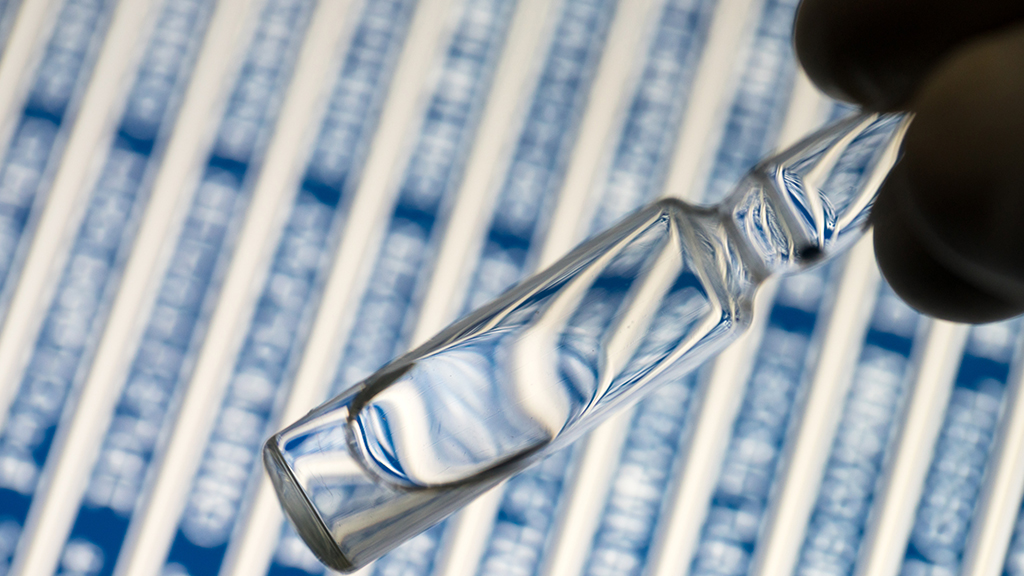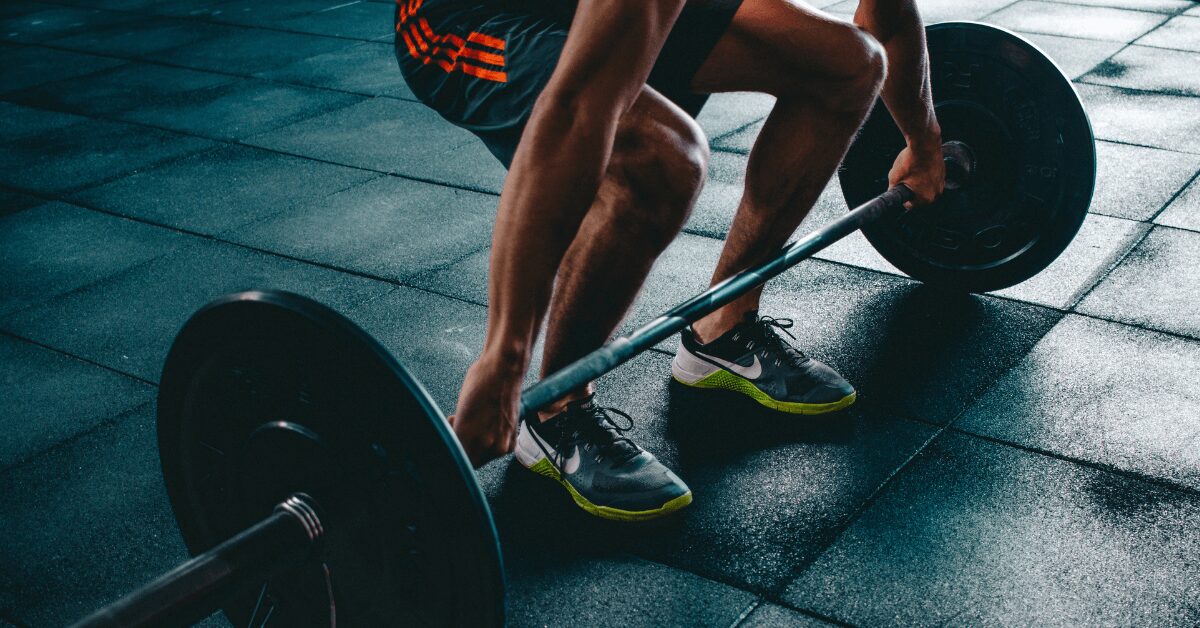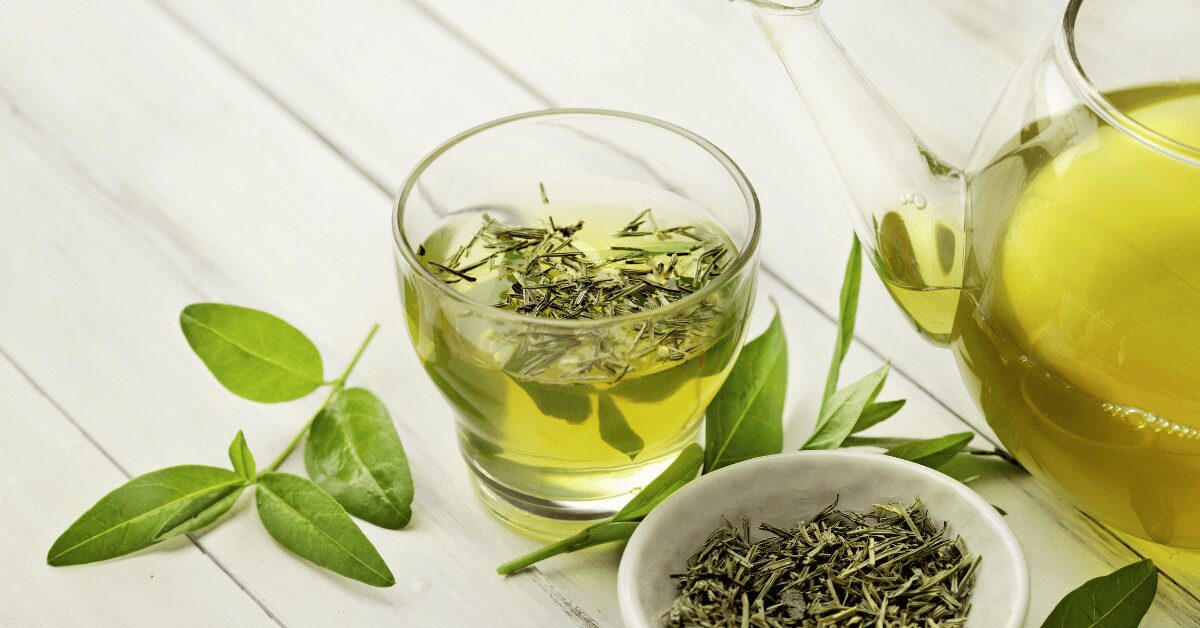
Natural Ways To Flush Out Excess Estrogen From Your Body
How do you flush out excess estrogen from your body? And why is it important? Since many of our patients struggle with hormonal imbalance and estrogen dominance, the question of how to flush out excess estrogen is something we cover at our practice all the time.
Estrogen is one of your primary female sex hormones, along with progesterone. In females, it’s produced mostly in the ovaries. But don’t let the word ‘female’ fool you. Estrogen is also produced in the testes, adrenal glands and fat cells, so males have estrogen and progesterone too!
Both estrogen and progesterone play a role in the female menstrual cycle and the reproductive health of both sexes. Estrogen plays a critical role in thyroid function, overall hormonal health, metabolism, brain function, mental well-being, skin health, bone health, and more. Progesterone is important for thyroid health, nervous system function, and keeping inflammation levels at bay.
Estrogen and progesterone work together to maintain healthy hormone levels and homeostasis. In a healthy body, estrogen and progesterone need to be in a healthy balance. Any imbalance can lead to issues. If your estrogen levels are too high in comparison to progesterone, it means that you have estrogen dominance.
You may develop estrogen dominance for a variety of reasons, including your body making too much estrogen or too little progesterone or increasing your estrogen levels through diet, environmental toxicity, or stress (1, 2).
Symptoms of estrogen dominance and hormonal imbalance may include:
- Irregular, heavy, or otherwise unusual periods in females
- Premenstrual symptoms (PMS) in females
- Polycystic ovary syndrome (PCOS)
- Breast swelling, tenderness, or soreness in females
- Infertility
- Miscarriages in females
- Hot flashes
- Low libido
- Weight gain, especially in the abdomen area
- Fatigue
- Insomnia
- Cravings for sweets
- Brain fog or concentration troubles
- Mood imbalances, including anxiety and depression
If you’re struggling with any of these symptoms, we recommend diagnostic testing to see if estrogen imbalance could be a contributing factor.
Estrogen dominance and hormonal imbalance carry a variety of health risks. They may increase the chances of developing ovarian cysts, polycystic ovarian syndrome (PCOS), endometriosis, uterine fibroids, thyroid dysfunction, insulin resistance, and autoimmune conditions (3, 4, 5, 6, 7). They may also increase the risk of cancer, especially breast, ovarian, endometrial, and uterine cancer (8, 9, 10).
Diet and Nutrition for Estrogen Detox

So how do you flush excess estrogen from your body and achieve hormone balance? The first strategy we recommend to flush out excess estrogen from your body is using diet and nutrition.
Whole Foods Diet
Following an anti-inflammatory whole foods diet is a critical step in addressing excess estrogen levels and maintaining an overall healthy body. Try to remove as many inflammatory foods from your diet as possible. This includes refined sugar, soda and sugary drinks, refined oils, deep-fried foods, conventional dairy products, junk food, any foods you are sensitive or allergic to, and ultra-processed foods.
Instead, follow a whole foods diet with lots of greens, vegetables, sprouts, fermented food, herbs, spices, fruits, nuts and seeds, grass-fed meat, pasture-raised poultry and eggs, wild-caught fish and seafood, and wild game. Additionally, there are some specific foods, including cruciferous vegetables and fiber-rich foods, that you may want to pay extra attention to.
Cruciferous Vegetables
Cruciferous vegetables contain a compound called glucosinolates, which when digested get metabolized into diindolylmethane (DIM) and indole-3-carbinol (I3C) (11). DIM and I3C help to regulate your estrogen levels and balance your hormones. This may also help to reduce the risk of various hormone-related cancers (12, 13, 14).
According to a 2004 study published in the Journal of Nutrition, consuming broccoli and other cruciferous vegetables may help to lower the risk of breast cancer in premenopausal women (15). Another study published in 2018 in F1000 Research indicated that a diet rich in cruciferous vegetables may help to reduce the risk of cancer due to I3C action (16).
Moreover, cruciferous vegetables also contain sulforaphane which may help to support estrogen metabolism and reduce the risk of cancer (17). Cruciferous vegetables you may add to your diet include broccoli, cauliflower, Brussels sprouts, cabbage, kale, and radishes.
Fiber-Rich Foods
Fiber-rich foods are great for eliminating excess estrogen and correcting hormone imbalance. As you may know, fiber plays a critical role in promoting healthy digestion. It helps to bulk up your stool, prevent constipation, and allows for regular bowel movements. This process ensures the elimination of waste products, including toxins and excess estrogen.
How does this help estrogen detoxification? Fiber can bind to estrogen in your gastrointestinal tract, which helps to excrete the excess through stool and regulate your estrogen levels (18). This prevents your bloodstream from reabsorbing estrogen and causing hormone-related issues.
A 2009 study published in The American Journal of Clinical Nutrition has found that a high-fiber diet may be associated with lower hormone concentrations and improved reproductive health (19). Fiber-rich foods include leafy greens, vegetables, fruits, legumes, nuts, seeds, and whole grains.
Supporting Liver Health
Another great option for flushing out excess estrogen for your body is supporting your liver health.
Liver Detoxifying Foods
Your liver is one of your major detoxifying organs. It plays a critical role in metabolizing and detoxifying estrogen and other hormones (20, 21). Your liver helps to break down excess estrogen which eventually gets released through bile and urine.
If you are dealing with impaired liver function, it can disrupt this cleansing process and leave you with hormonal imbalances, including too much estrogen. To enhance your liver function, we recommend garlic, turmeric, green tea, and cruciferous vegetables (22, 23, 24, 25). Additionally, staying well hydrated, limiting or avoiding alcohol, and moving your body are also critical for liver health.
Take Epsom Salt Baths
Epsom salt baths are not only a fantastic way to relax your mind and body, but they are also great detoxifiers. Epson salts are a great source of sulfur and magnesium, which allow better liver detoxification while relaxing your muscles and easing stress (26, 27).
You may also add some essential oils, including passionflower or chamomile essential oils, to support relaxation. You will learn later in this article that reducing stress is also critical for flushing out excess estrogen.
Avoiding Toxins
High environmental toxin exposure can overwhelm your liver and slow down detoxification. This becomes an even bigger issue when we are talking about xenoestrogens. Xenoestrogens are synthetic or natural chemical compounds that mimic the effects of estrogen. They may lead to hormonal imbalance, estrogen dominance, and endocrine dysfunction (28, 29, 30).
Products that are loaded with xenoestrogens and should be avoided include:
- Plastic, especially bisphenol A (BPA) and phthalates
- Pesticides
- Personal care products, including conventional shampoo, body wash, lotions, cosmetics, and other items with fragrances, parabens, and other preservatives
- Cleaning products, including conventional cleaning items that contain chemicals like triclosan, which can act as endocrine disruptors.
- Synthetic fabrics, including nylon and polyester
- Non-stick cookware, including Teflon-coated pans and cookware
- Some pharmaceuticals, including hormone replacement therapies and birth control pills
To avoid these xenoestrogen-containing products, choose natural, organic, or homemade alternatives. Instead of plastic, glassware, silicone packages, cotton cloth, and bamboo are better options depending on your needs.
Try to reduce your exposure to environmental toxins, too. Use a high-quality air filtration system to reduce your exposure to mold, allergens, and other toxins in your indoor air. Use a high-quality water purification system and avoid plain tap water. Stop smoking if you smoke and avoid second-hand smoke. Reduce your exposure to heavy metals.
Maintaining a Healthy Gut
Your gut is connected to everything in your body. Maintaining a healthy gut is critical for hormonal balance and can help to flush out excess estrogen.
Probiotics and Gut Health
Probiotics are beneficial bacteria that you can get from fermented foods and supplements. Probiotics play a critical role in your gut health. They also help your body to metabolize and excrete estrogen. A 2017 review published in Maturitas has found that improving the gut microbiome may help to reduce estrogen-modulated diseases (31).
A healthy gut microbiome is rich in diverse probiotic strains. If you are dealing with gut microbiome imbalance and have low levels or poor diversity of good gut bacteria, it may cause chronic inflammation and compromise the integrity of your intestinal lining. Your intestinal lining helps to prevent the reabsorption of estrogen back into your bloodstream. Problems with your intestinal lining or leaky gut syndrome may lead to estrogen passing into your bloodstream causing hormonal imbalance and health issues.
It’s critical that you support your gut microbiome imbalance to prevent excess estrogen and estrogen-related issues. Probiotic-rich fermented foods include sauerkraut, kimchi, fermented vegetables and herbs, yogurt, kefir, and kombucha. We also recommend a high-quality probiotic supplement to your daily routine.
Eliminating Processed Foods
We have already talked about the importance of a clean diet for your overall health. Eliminating processed foods and focusing on whole foods instead can also support your gut health and estrogen balance. According to a 2024 review published in Nature Reviews, ultra-processed foods and food additives may increase intestinal permeability, intestinal inflammation, and other gut health issues (32). According to a 2021 review published in Frontiers in Endocrinology (Lausanne), processed foods, especially processed meat, may increase estrogen levels and increase the risk of related health issues (33).
We recommend removing ultra-processed foods and additives, including UPFs, emulsifiers, sweeteners, colors, microparticles, and nanoparticles from your diet. Instead, follow a whole foods diet as outlined earlier. Shop in the produce section or at your farmer’s market. You can also add some frozen veggies and fruits to your fresh produce for convenience and to reduce cost. If you are buying anything packaged, read the labels, and avoid foods with too many ingredients, additives, and food allergens. Try to buy organic as much as possible.
Exercise and Physical Activity

Moving your body is another important strategy for maintaining balanced estrogen levels.
Regular Exercise
According to a 2021 review published in Frontiers in Endocrinology (Lausanne), processed foods and exercise may also play a role in your estrogen levels (33). Regular exercise can help to regulate the production and metabolites of your hormones, including estrogen. This supports endocrine function.
Physical exercise also helps to reduce your body fat. This is important because your adipose tissue or body fat produces estrogen. More body fat means more estrogen, which can lead to estrogen excess. Thus, regular physical activity can reduce excess estrogen and support hormone balance (34).
We recommend moving your body throughout the day. As you wake up, start your day with some stretching, light yoga, or a short walk. Get up, move around, and stretch regularly throughout the day. Go for a stroll during lunch. Take your bike or walk instead of driving when you can. Aim to exercise five days a week for 20 to 30 minutes each session. Mix up cardiovascular exercise, strength and resistance training, and low-impact workouts.
Strength Training
Strength and resistance training is particularly important for estrogen detoxification and hormonal balance. Strength and resistance training exercises may help to improve insulin sensitivity, support stable blood sugar levels, help to improve your metabolic rate, and regulate your hunger hormones. This may help to reduce overeating and gaining fat.
Strength and resistance training can also help to gain lean muscle mass and reduce body fat. Remember, excess body fat may lead to excess estrogen and hormonal imbalances (35). According to a 2022 study published in the Journal of Exercise Rehabilitation, strength training may help to reduce estrogen-related sarcopenia (36).
We recommend incorporating strength and resistance training into your workout routine, such as body weight exercises, free weights, weight machines, kettlebell training, TRX workouts, or CrossFit workouts.
Managing Stress
How else can you flush out excess estrogen from your body? Manage your stress levels! You can’t ignore your mental state as it greatly affects your physical health, too.
Stress Reduction Techniques
According to a 2019 review published in the Annual Review of Clinical Psychology, estrogen modulates your body’s stress response, emotional regulation, and cognition (37). Chronic stress can further increase the synergic effects of estrogen on emotional function and cognition. Thus, reducing your stress levels may be critical for hormone balance.
Meditation, breathwork, guided relaxation strategies, mindfulness practices, and gratitude practice may help to relax your mind and body and help you respond to stress better. Journaling may help to get your thoughts on paper, release negative emotions, or recognize negative thought patterns. Working with a therapist may help to improve trauma, depression, anxiety, or other mental health issues. It may help to learn coping mechanisms to manage everyday stress better.
Cortisol and Estrogen
There is also a significant connection between stress hormones and estrogen production. When your body experiences stress, it releases cortisol and adrenaline. Increased cortisol production can disrupt hormonal balance. This means that it may disrupt your estrogen levels.
Chronically elevated cortisol levels from chronic stress can lead to estrogen imbalance and related issues, such as irregular periods, mood imbalances, and more (38). Reducing your stress levels with the help of the strategies outlined earlier is critical.
Herbal Supplements and Natural Remedies

Herbal supplements and other natural remedies may also help to flush out excess estrogen from your body.
Estrogen-Balancing Herbs
Some of the top estrogen-balancing herbs include maca, chasteberry, and milk thistle. Maca is an adaptogenic herb native to the Andes, known for its benefits of regulating hormone production and endocrine health (39).
Chasteberry is commonly used for hormonal imbalances. It may help to balance estrogen and progesterone levels and support the menstrual cycle (40). Milk thistle is known for its liver-supporting properties, but it may also help to detoxify and metabolize excess estrogen and support hormonal balance (41).
Detoxifying Teas
Drinking herbal tea may not only help hydration and detoxification, but certain teas may also support estrogen balance. Dandelion, nettle, and green trees are great options for flushing out excess estrogen.
Dandelion tea supports liver function and your body’s ability to metabolize estrogen (42). Nettle tea has diuretic properties that can help to remove excess estrogen through urine (43). Green tea is rich in antioxidants, so it may reduce oxidative stress and inflammation while supporting detoxification processes and lowering estrogen levels (44).
Importance of Hydration
Finally, add hydration to your list on how to flush out excess estrogen.
Water and Detoxification
Proper hydration is essential for your overall health (45). It is also absolutely critical for effective elimination through the kidneys. Drinking enough water throughout the day can support kidney function by encouraging blood filtration and removing metabolic waste and excess hormones from your body. Proper hydration allows your kidneys to make enough urine that can remove waste, including excess estrogen from your body.
For optimal hydration, aim to drink 16 to 32 ounces of water as soon as you wake up each morning—even before your morning coffee! You may add some lemon for taste and digestive support. Throughout your day, drink a glass of water every one to two hours, aiming for at least ten 8 oz glasses a day. Drink more if you are working out a lot, doing physical labor, staying out in the hot sun, or feeling sick, or thirsty. Opt for purified water or spring water over tap water.
Detoxifying Beverages
In addition to drinking water, you may benefit from other forms of hydration, including detoxifying beverages and hydrating fruits and vegetables. Detoxifying beverages, such as green tea, lemon water, and herbal fusions may aid estrogen detoxification.
We already discussed the potential benefits of green tea in eliminating excess estrogen (44). Lemon water may help to hydrate your body and stimulate your liver to support better detoxification (46). Herbal fusions, including dandelion or nettle tea, can help to support kidney function and detoxification (42, 43).
Follow Our Tips for How to Flush Out Excess Estrogen
Following a healthy diet, improving your gut and liver health, exercising regularly, reducing stress, improving your hydration, and using some supplements and tea are among the best natural support strategies for hormonal balance.
Now that you understand how to flush out excess estrogen from your body, we recommend that you follow these steps for better health and hormonal balance. If you need further support with flushing out excess estrogen and improving your hormonal health, set up an appointment with us here.
